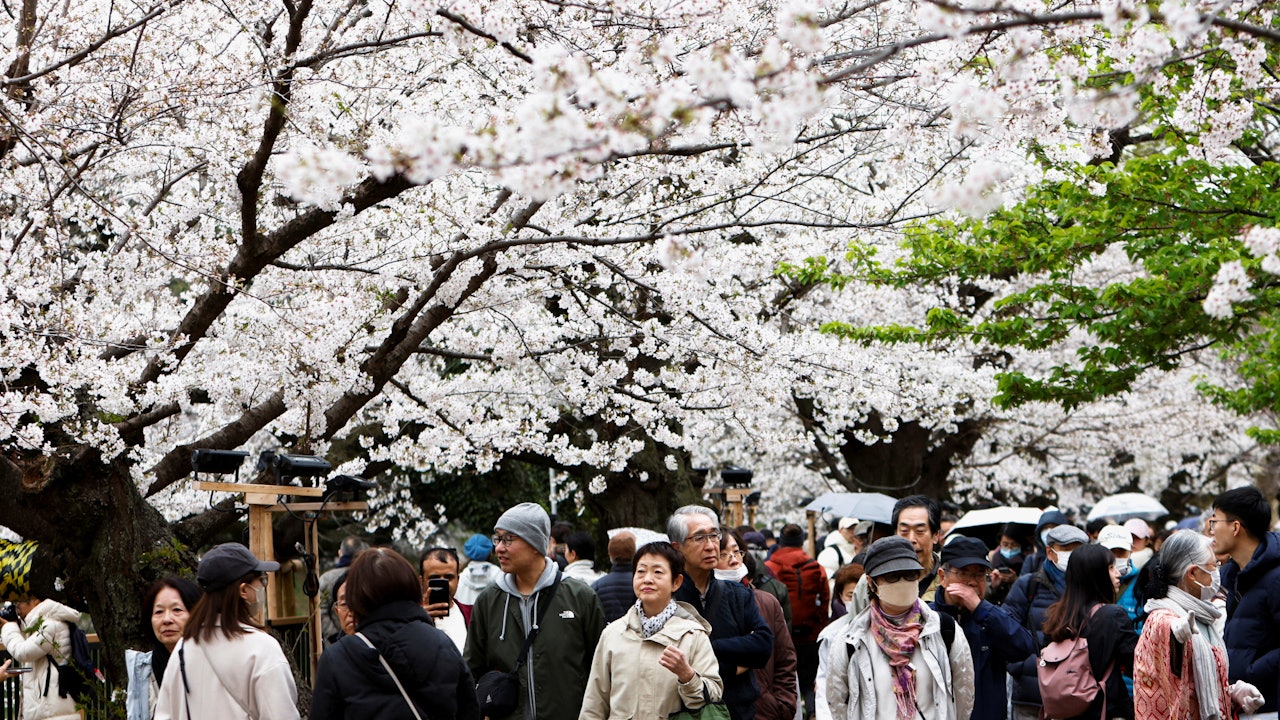日本人口連續14年萎縮,65歲以上人口近30%,僅2縣人口不跌反升
日本總務省 recently released population data reveals a worrying trend: the country’s population has been declining for the 14th consecutive year, with a record drop of nearly 900,000 people. This marks the largest population decline since 1950. The data highlights two key issues: the rapid aging of society and the persistent decline in the working-age population. Meanwhile, only two prefectures saw their populations increase, reflecting the uneven distribution of demographic challenges across the country.
老齡化加劇,高齡人口創新高
The aging of Japan’s population has reached unprecedented levels. According to the data, the number of people aged 65 and older has exceeded 36.24 million, accounting for nearly 29.3% of the total population. This represents a significant increase compared to previous years, with the proportion of elderly citizens continuing to rise. The situation is particularly concerning when considering the subgroups within this demographic. For instance, the number of people aged 75 and older has surpassed 20.77 million, making up 16.8% of the population. These figures underscore the growing burden on Japan’s social welfare systems and the labor market, as the working-age population shrinks.
少子化問題日益嚴重
The decline in Japan’s population is not only due to aging but also to a severe shortage of young people. The number of children aged 0 to 14 has dropped to 13.83 million, a decrease of 343,000 compared to the previous year. This represents the lowest proportion of young people in the population, at just 11.2%. The shrinking pool of young people poses a significant challenge for the future, as it implies a smaller workforce and a reduced tax base to support the aging population. This trend is further exacerbated by Japan’s persistently low birth rate, which has remained below replacement level for decades.
人口分布不均,地區差異顯著
While the overall population is declining, the data reveals a stark contrast between different regions of Japan. Only two prefectures, Okinawa and Tokushima, saw their populations increase, while the rest experienced a decline. This regional disparity highlights the challenges of depopulation in rural areas, where young people are increasingly moving to urban centers in search of better opportunities. The loss of population in these regions not only affects local economies but also puts pressure on public services, such as healthcare and education, as they struggle to maintain adequate staffing levels.
總結
Japan’s demographic challenges are multifaceted, with aging, depopulation, and regional disparities all contributing to the country’s declining population. The government faces a daunting task in addressing these issues, particularly in reversing the trend of an aging society and revitalizing depopulated regions. While initiatives such as increasing immigration and promoting higher birth rates have been proposed, the success of these measures will depend on their implementation and acceptance by the broader society. The coming years will be critical in determining whether Japan can mitigate the effects of its demographic crisis and ensure a sustainable future for its citizens.







